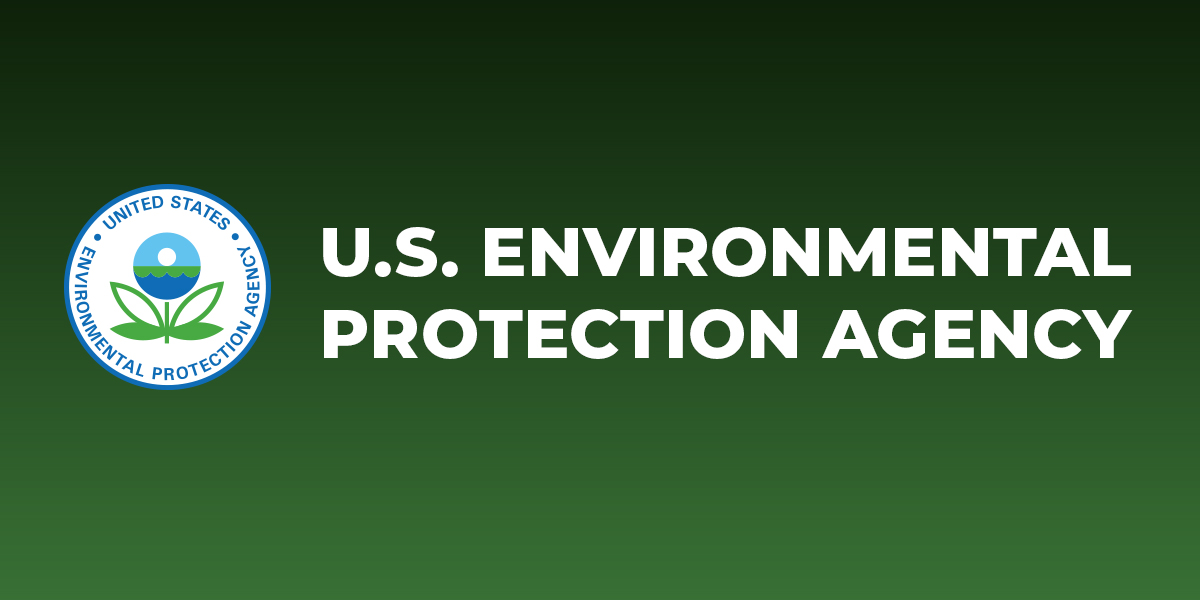gorgonzola
Well-known member
- Joined
- Jul 21, 2020
just to be clear this is different than the propane heat installed in the camper as that is vented, correct?
Here’s a recent EPA discussion of Monoxide.Ahhhh...These things, when they are working correctly, produce small amounts of carbon dioxide, quite a bit of water vapor, and trace measurements of several pollutants. No reputable study indicates that any of this stuff, including the carbon monoxide is being produced in levels even close to danger levels. Emissions levels are below the levels EPA allows in the average American city. We have one in our large house. We use it to take the edge off cold mornings, and as emergency back-up heat. HOWEVER the house has an air exchange system, and we keep a window cracked.
BUT these things burn whatever else is in the atmosphere along with the supplied propane and oxygen. . . Cleaning products, candle smoke, dog dander, hair spray, out-gassing formaldehyde from building parts and construction glue. And that last one makes their use in a trailer so fricking problematic. There is not much space or air and the things are glued together foam and particle board. Not a good environment for using a "ventless" heater.
Note they use the marketing term "ventless", as in less venting, not "no" venting.... and they are marketed as nearly 100% efficient, but having to provide venting means they aren't.

Yep, ventless propane and methane gas burning heaters (as opposed to the fan forced furnaces) can be deadly, even though they are designed to produce minimal CO. I trust our home's ventless fireplace only because we vent the house, it is scrupulously maintained, we don't run it when everyone is sleeping, and we have alarms for oxygen depletion, carbon monoxide, and propane leaks.While these things have been around for decades they started being used as cheap easy heat for poorly insulated, poorly sealed structures unlikely to trap carbon monoxide. When improperly maintained they emit CO and can quickly turn an enclosed space into a gas chamber. Especially in an unvented enclosed space like an RV. I don't trust small portable ventless heaters, especially when I am sleeping. Not at all.Here’s a recent EPA discussion of Monoxide.
Ya get a lot of Carbon Dioxide (CO2) and Water (H2O) when hydrocarbons (propane) combust. And a lot less Carbon Monoxide (CO).
In a confined space Oxygen (O2) can also be depleted. It’s why a flame goes out if ya put a glass overit.
Gas stoves used for cooking and baking also produce CO. It’s why folks have vents over there stoves. Those vents are not just for removing the smells from cooking fish, onions garlic, etc...
Cigs are still allowed to be sold.
Letitsnow.
Y
Carbon Monoxide's Impact on Indoor Air Quality | US EPA
Carbon monoxide (CO) is a colorless, practically odorless, and tasteless gas or liquid. It results from incomplete oxidation of carbon in combustion.www.epa.gov
I’m down with that. House on Wheels was my suggestion. A friend named my trailer the HOW so I was going with that.I don't like the title of this thread. Lets make it "RVs, vans and campers for skiers"
I don't like the title of this thread. Lets make it "RVs, vans and campers for skiers"
shit. now I feel bad. I meant to bust Harv's balls, not yoursI’m down with that. House on Wheels was my suggestion. A friend named my trailer the HOW so I was going with that.
No worries. I’m sure he’ll give us more opportunities.shit. now I feel bad. I meant to bust Harv's balls, not yours
Attaboy ?No worries. I’m sure he’ll give us more opportunities.
